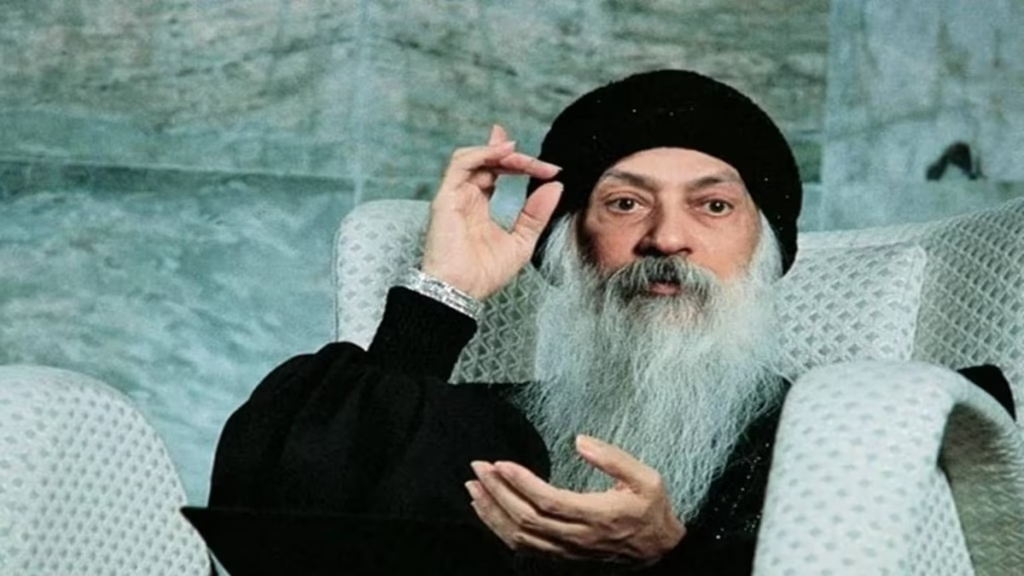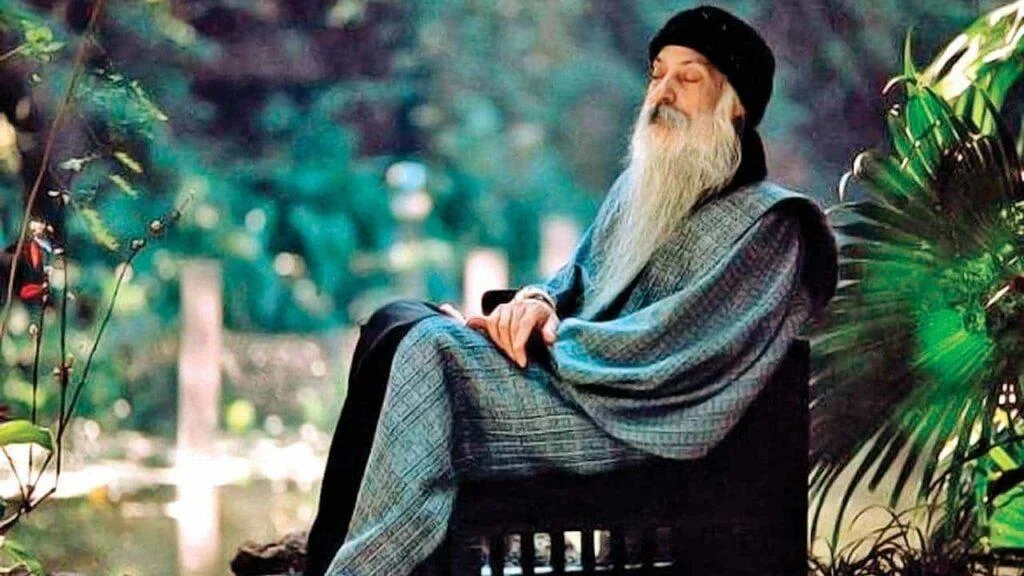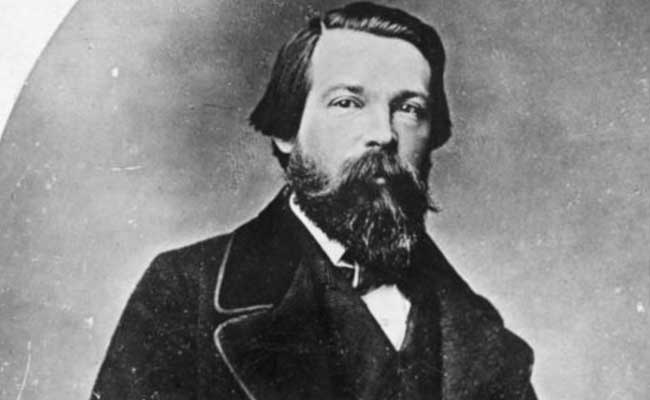Osho, born Chandra Mohan Jain on December 11, 1931, in Kuchwada, Madhya Pradesh, was an Indian philosopher, mystic, and spiritual teacher who became one of the most influential and controversial figures of the 20th century. Known for his profound insights on life, love, meditation, and consciousness, Osho’s teachings continue to inspire millions across the world. His message — “Be yourself, live totally, and live consciously” — challenged social norms and invited people to rediscover freedom beyond religion and tradition.
Early Life and Education
Osho showed a questioning and rebellious spirit from childhood. He challenged religious orthodoxy, superstitions, and blind faith from an early age. After completing his education in philosophy at Jabalpur University, where he earned his master’s degree, he briefly worked as a professor. However, his passion for exploring consciousness and truth led him to travel across India, engaging in public debates and spiritual discourses that attracted thousands.
Spiritual Journey and Teachings
Osho’s teachings combine Eastern meditation traditions with Western psychology and philosophy. He emphasized inner awareness, individual freedom, and living life with intensity rather than following rigid religious doctrines.
Key aspects of his philosophy include:
- Meditation as a way of life: Osho developed innovative meditation techniques, like Dynamic Meditation, designed to help people release repressed emotions and experience silence within.
- Rebellion against organized religion: He believed that organized religions enslaved human beings with guilt and fear, urging followers to find truth through direct personal experience.
- Celebration of love and life: Osho taught that life is a celebration — a blend of material and spiritual dimensions, where joy and awareness coexist.
- Zorba the Buddha concept: He envisioned a “new man” who combines the materialism of Zorba the Greek with the awareness of Gautama Buddha — joyful, conscious, and free.

The Rajneesh Movement and Controversies
In the 1970s, Osho founded the Rajneesh Ashram in Pune, India, which attracted thousands of seekers from around the world. Later, he established Rajneeshpuram in Oregon, USA, in the 1980s — a massive commune aimed at creating a utopian society.
However, the movement faced legal and political challenges. In 1985, Osho was arrested and deported from the U.S. after facing immigration charges. Despite these controversies, his global influence continued to grow, and after returning to India, he resumed his work in Pune, where the Osho International Meditation Resort still welcomes spiritual seekers today.
Philosophical Legacy
Osho’s thoughts have been published in over 600 books, translated into more than 60 languages. His discourses cover topics ranging from Zen, Sufism, Taoism, and yoga to modern psychology, love, politics, and art. He remains a symbol of freedom, awareness, and transformation in modern spirituality.
Osho passed away on January 19, 1990, but his teachings continue to influence thinkers, meditators, and seekers globally. The Osho movement remains one of the most vibrant contemporary spiritual communities, promoting mindfulness and meditation in a modern context.
Osho was not just a philosopher — he was a visionary who redefined the meaning of spirituality. He encouraged humanity to move beyond dogma, live authentically, and experience meditation as a celebration of life. His message continues to resonate with those seeking spiritual freedom in an age of materialism and uncertainty.
Aristotle The Greek Philosopher and Polymath
Americans Who Have Won Nobel Prize
![]()





